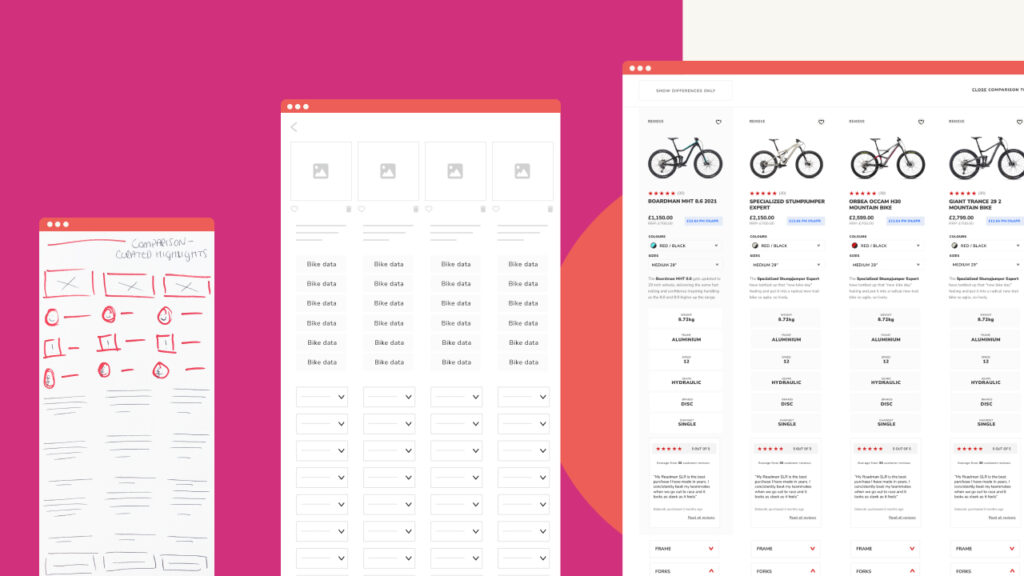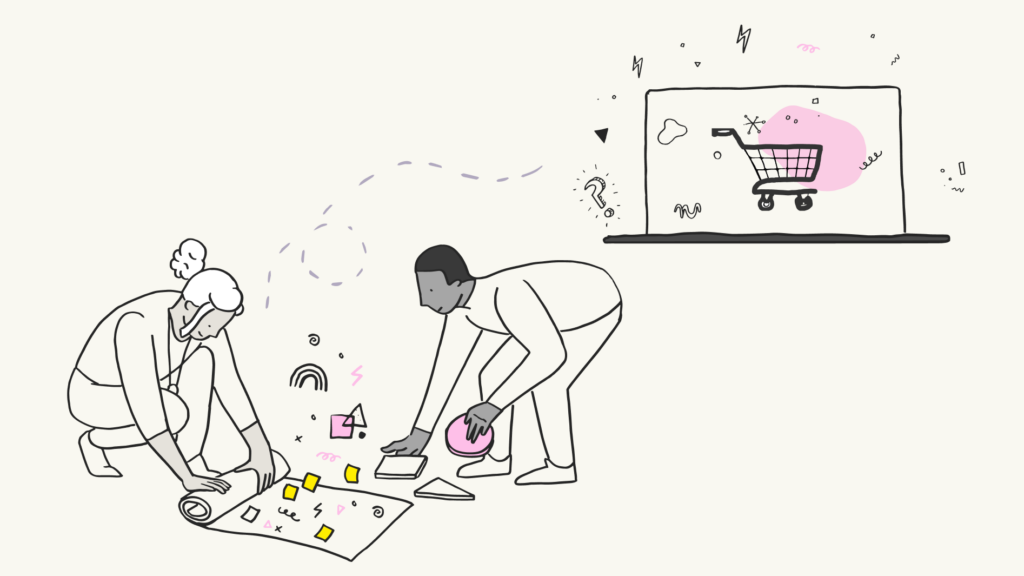Do we do enough to encourage online charitable donations?
A 2015 report by the Guardian found that 80% of charitable donations are still made offline, while one in five charities in the UK don’t accept online donations. Despite other industries being completely transformed by revolutionising the way they accept money, unfortunately charities have been left lagging behind.
However, as user experience professionals with a spectrum of multi-disciplinary experience, we are well-schooled in the principles of appealing to behavioural psychology to achieve greater returns.
The third sector is the perfect place to experiment with the psychology of giving. Here’s how to tap into your users’ emotions creatively and boost your charity’s fundraising in the process.
The power of empathy and reward
People respond much more favourably to empathy than they do guilt. Structuring a homepage so it communicates empathy – via a photo of an individual in need, for example – can be a powerful motivator.
Video can be used to tell entire stories in a few seconds and is incredibly persuasive. The science isn’t difficult – people recognise when others are suffering and want to help. Thinking “that could be me” is a universal human emotion.
By conducting an analysis of the current donation experience for a selection of national and international charities, we discovered that many of them could be providing a more powerful and engaging experience by helping people to feel greater empathy.
The donation experience shouldn’t be a hard sell. People are more motivated to donate than complete an ecommerce transaction because giving, when we’ve been persuaded that it’s the right thing to do, produces a greater level of emotional motivation.
The diagram below shows the five stages of the ideal donation user journey: Engage, Budge, Support, Reward and Relate.

Get your timings right
Another critical discovery was witnessing the power of rewarding people appropriately at the right point in the transaction process. Typically, charity sites start off the donation journey with a reward, and therefore people can lose interest and abandon their donation.
We’ve observed that the reward is most effective once a person has completed the donation task. In fact, the correct use of the reward allows additional tasks to be set which have a much greater chance of successfully establishing a deeper donor relationship.
Therefore, use of empathy is an extremely powerful influencer in the formation of an emotional relationship between the charity and the donor. The reward stage brings closure to the donation transaction and makes a donor feel good about what they’ve given.
Charities need to convey greater appreciation when designing the donation experience, and capitalise on the factors that motivate and engage people. Ultimately, this is what will stop people from abandoning the journey.
Online donation experience tips
- Use empathy and avoid guilt
- Be transparent about how a donor’s money is used (e.g. include pie charts showing the ratio that goes to a cause or the charity, and how much is required for administration purposes)
- Don’t overload the donor with too many choices (e.g. we recommend three with an optional box so people can donate whatever value they can – remember, it all adds up)
- Use quality photos and videos of individuals so that donors can see who they’re helping and empathise more easily
- Don’t use big numbers because it can undermine what a person feels their contribution will make and may even stop them from giving all together. Therefore, show them how they can make a difference, even if it’s only a little bit.
- Where possible, use reciprocity to encourage success by giving the donor something, because this will make them feel exclusive, important and consequently, more likely to ‘give’
- Use rewards appropriately; don’t include them at the start of the giving process, but use them as a powerful thank you at the end. This will foster a deeper relationship with the donor
- Utilise social validation by showing the donor the difference that they and other people like them are making through their donation.
In 2015, we spearheaded a UX redesign for NHS Blood and Transplant’s (NHSBT) website with the goal of increasing donor registrations. Utilising rapid prototyping, extensive user testing and our expert in-house team, in just four months our new website design fuelled a 100% increase in registrations on mobile devices and a 50% increase in registration conversions via desktop.
We have also worked alongside various government bodies, public sector organisations and charities such as British Red Cross and Alzheimer’s Society.
Get in touch today to learn how innovative technology solutions can boost donations and engagement rates.
We drive commercial value for our clients by creating experiences that engage and delight the people they touch.
Email us:
hello@nomensa.com
Call us:
+44 (0) 117 929 7333




